Nestled along Calabria’s Ionian coast, Soverato swept me off my feet the second I set foot on its golden sands. The crystal-clear waters aren’t just a poetic phrase—they’re real, and honestly, they surprise me every time I visit.
This seaside gem blends natural beauty with the dramatic Calabrian hills meeting the azure sea. It’s easily one of Italy’s most picturesque coastal spots.
As I’ve wandered through southern Italy, Soverato has come to embody everything I love about Calabria. The town sits right between rugged mountains and pristine beaches, so you get both landscapes in one day if you want.
Walking the shoreline at sunset, with mountains glowing purple in the distance—well, no photo really does it justice.
What really grabs me about Soverato is its unspoiled vibe. Unlike the busier Italian hotspots, you can still find quiet corners here to just soak it all in.
The water is perfect for swimming, and if you like hiking, the surrounding hills throw in some epic trails with views that make you stop and stare.
Whether you’re all about the beach or itching to explore the mountains, Soverato’s natural beauty has a way of making you want to come back before you’ve even left.
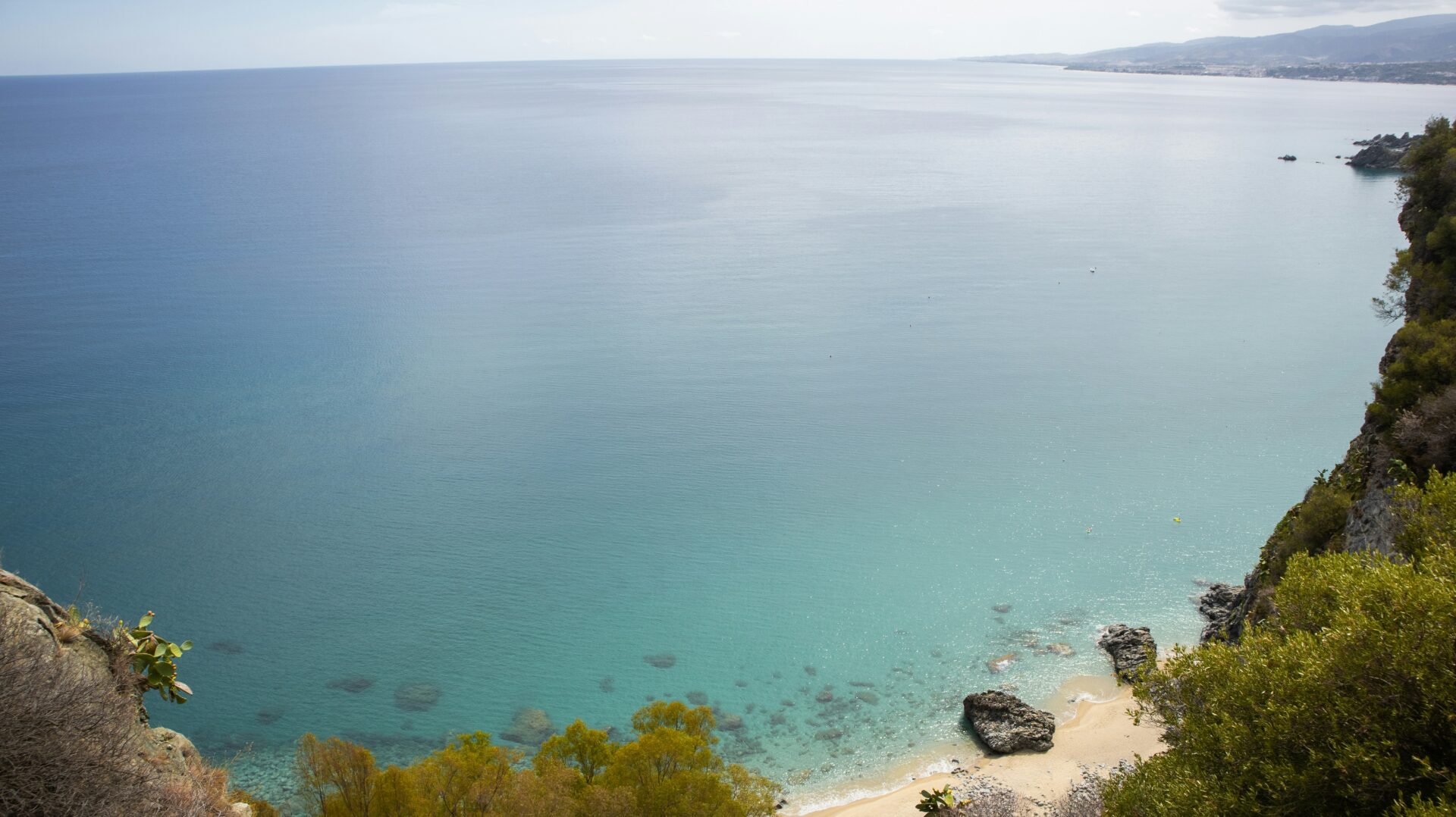
Soverato’s Crystal Waters and Stunning Coastline
Soverato’s coastline delivers some of Calabria’s most jaw-dropping views. Pristine waters shimmer like jewels, and the rugged mountains just set the scene.
Swimming and Water Sports on the Tyrrhenian Sea
I’ve lost count of the mornings I’ve spent swimming in Soverato’s clear waters. The Ionian Sea here (not the Tyrrhenian—common mix-up) feels calm and inviting most summer days.
From June to September, the water temperature is just right. I think early morning swims are best, especially before the afternoon breeze picks up.
If you crave adventure, you’ll find plenty of water sports. Local shops rent out paddleboards, kayaks, and jet skis.
I had a blast snorkeling near rocky outcrops, where bright fish zip around the underwater rocks.
Diving fans can explore the caves and marine life in the Gulf of Squillace. Local diving centers run tours for all skill levels.
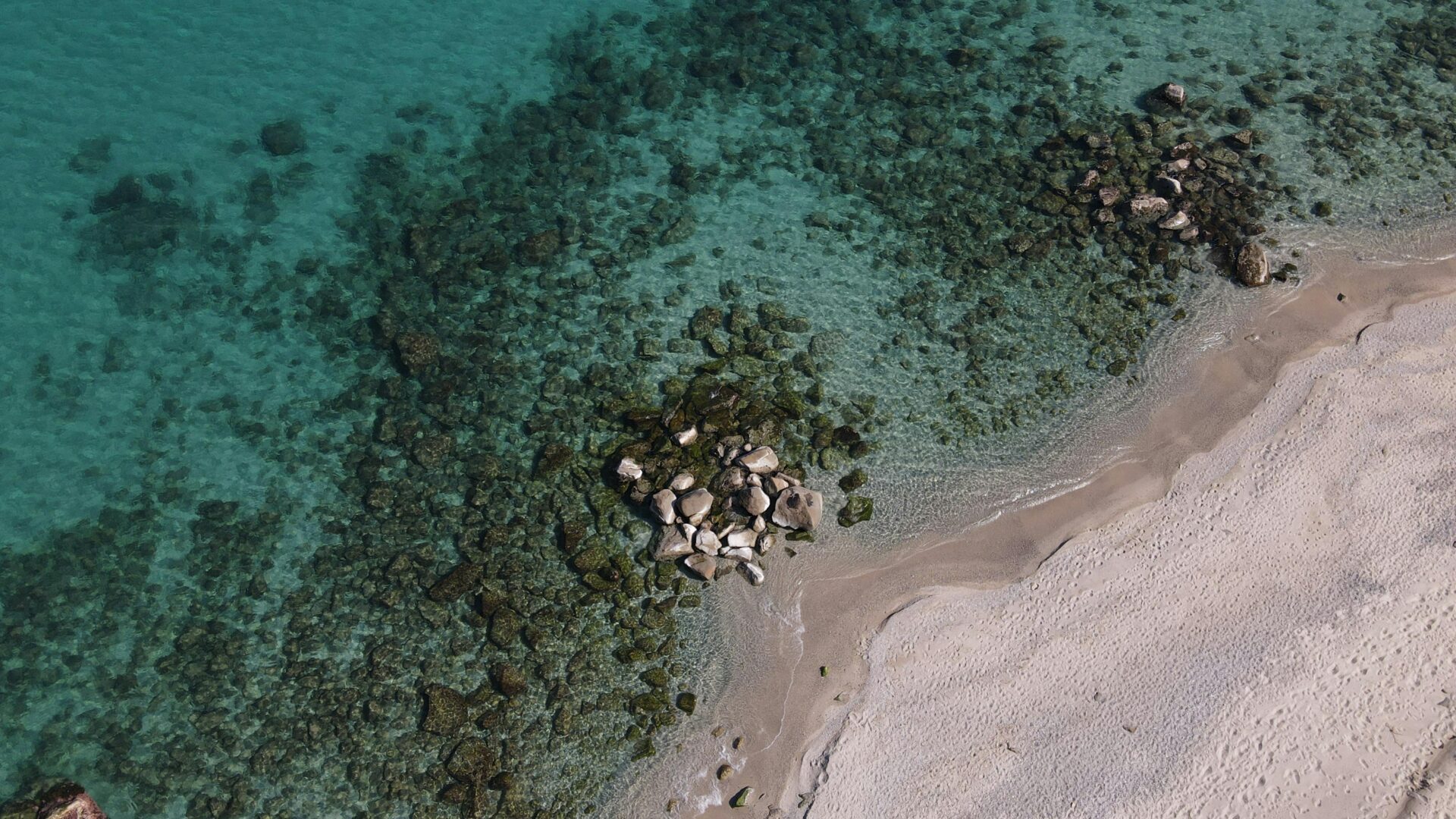
The Beaches of Soverato
Soverato’s golden beaches stretch out for miles. The main beach, with its soft sand and gentle entry into the sea, is perfect for families.
The contrast between the azure waters and green mountains always catches my eye, especially at sunset.
Beach facilities here are top-notch. You’ll find loungers, umbrellas, and plenty of beachside cafés.
Most beaches have Blue Flag status for water quality and eco standards.
If Soverato’s main beach gets busy in summer, head to the beaches near Marina di Davoli for a quieter scene.
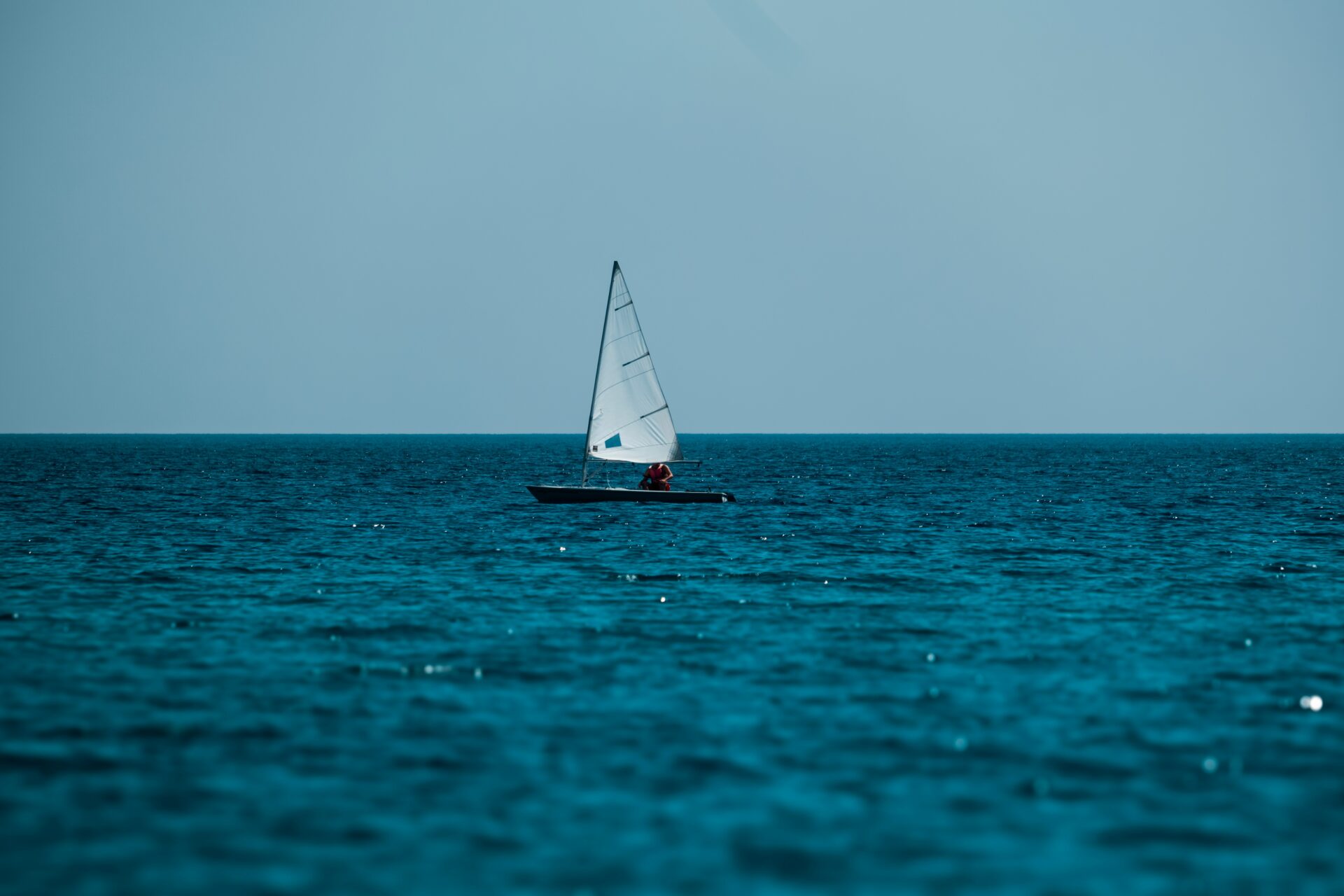
Hidden Coves and Secluded Spots
Past the main beaches, secret coves are just waiting for you to find them.
My favorite hidden gem is a tiny inlet near San Sostene. You reach it by a rocky path, but the peace and quiet make it worth the trek.
Bring water and snacks, since there’s nothing out there but nature. That’s kind of the point, right?
Renting a small boat is a smart move if you want to see the hidden caves and coves. Locals offer affordable excursions to spots you can’t reach by land.
The crystal waters in these secluded places are perfect for underwater photos. I’ve snapped some surprisingly good shots with just my phone in a waterproof case.
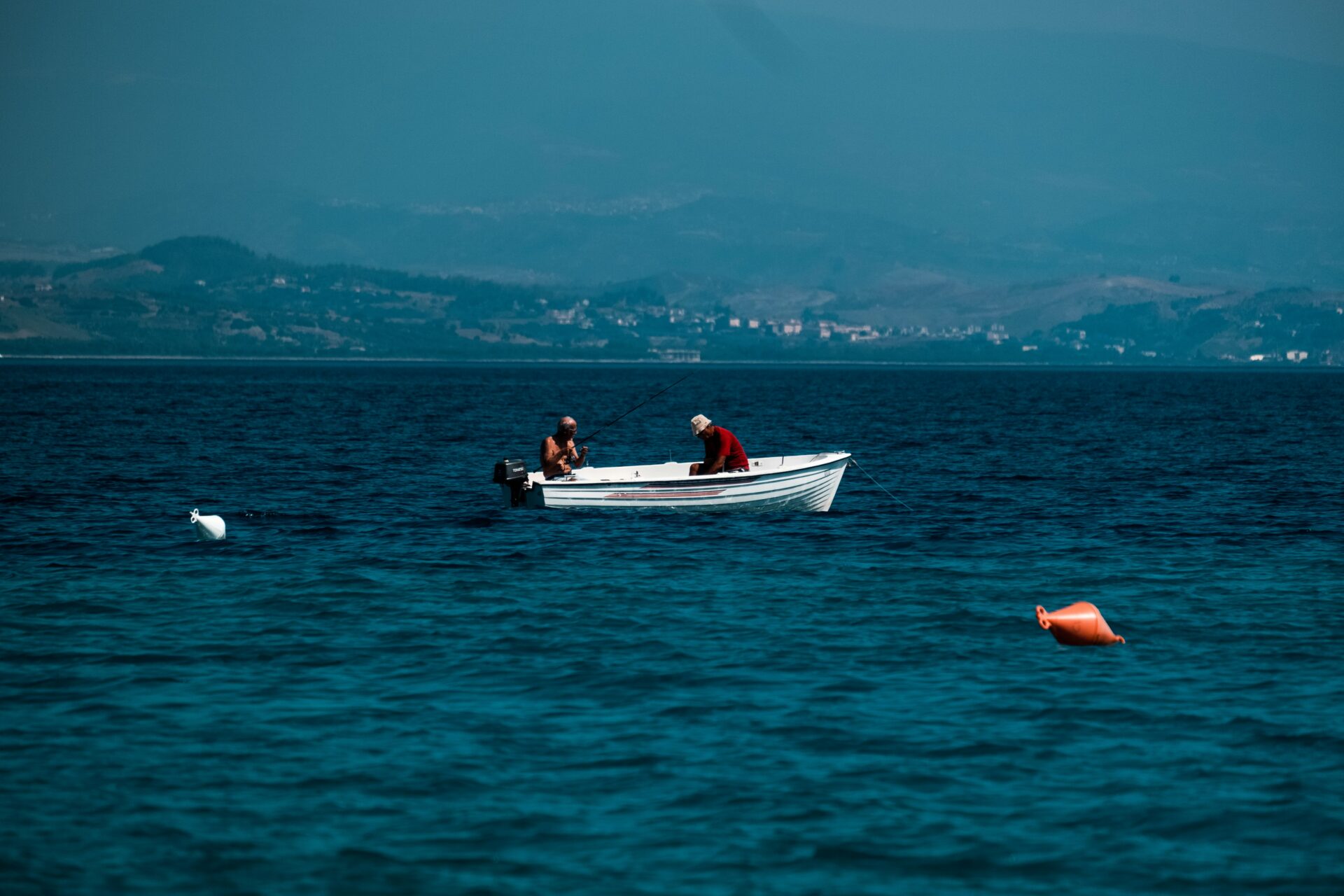
Mountain Backdrops and Natural Landscapes
Soverato’s beauty isn’t just about the beaches—the dramatic mountain scenery really completes the picture. The mountains aren’t just a distant view; they shape the town’s whole vibe and invite you to explore.
Serra San Bruno and the Certosa Monastery
I stumbled on Serra San Bruno tucked into the lush Serre mountains, about an hour’s drive from Soverato. This little mountain town is famous for the Certosa di Serra San Bruno, a Carthusian monastery dating back to 1091.
The monastery sits deep in the woods, creating a peaceful sanctuary that feels miles away from the coast.
Walking through its cloisters, I felt the centuries of quiet reflection in the air.
They named the town after Saint Bruno, who started the monastery. There’s also a strong local devotion to San Leoluca, adding to the spiritual vibe of the place.
What struck me is how the monastery almost grows out of the landscape, built from local stone that blends right into the mountains.
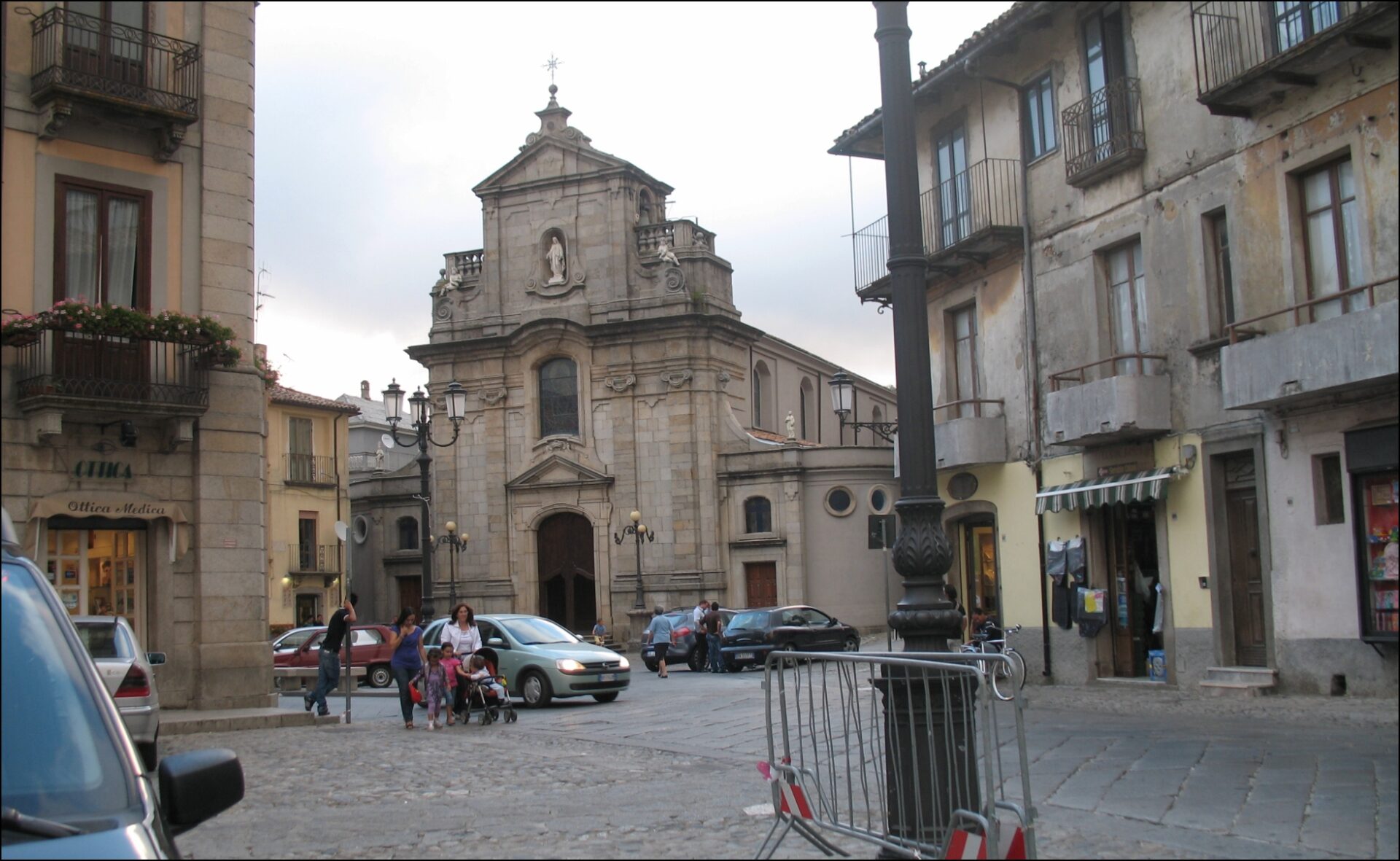
Hiking and Outdoor Adventures
Mountains around Soverato are laced with trails for every level of hiker. Whether you want a gentle walk or a tough climb, you’ll find your match.
I loved the paths from Torre Ancinale, an old watchtower, leading up into the hills. The views down to the coast from up there are unreal.
Spring and fall are the best times for hiking. The weather is comfortable, and wildflowers or autumn leaves make everything pop.
Bring plenty of water and good shoes—trust me, you’ll need them.
Mountain bikers will find plenty of trails too, with thrilling descents and tough climbs through all kinds of terrain.
If you go with a local guide, you’ll hear stories about the land and spot hidden gems you’d probably miss otherwise.
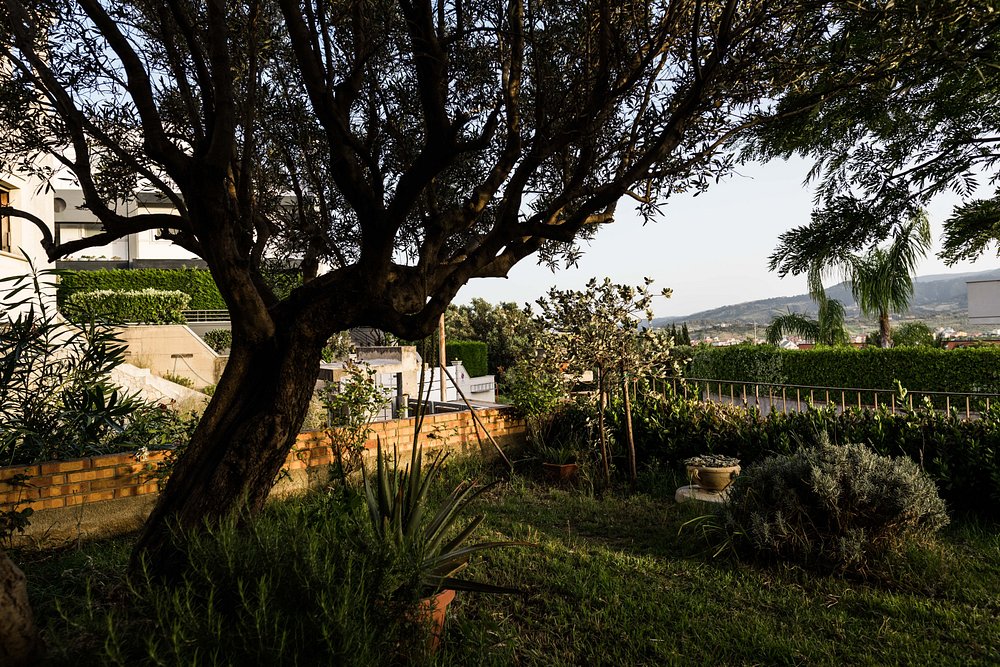
Patios, Balconies, and Panoramic Views
Plenty of Soverato’s restaurants and cafés make the most of the mountain views with patios and terraces. There’s nothing like sipping an espresso while the mountains wake up in the morning mist.
The Castello Normanno-Svevo has some of the best views in the area. This old Norman-Swabian castle sits up on a hill, looking out over both mountains and sea.
Many homes have classic balconies with flowers spilling over, framing perfect views of the mountains. These aren’t just for show—they’re part of daily life here.
If you want the best panoramic moment, go at sunset. The mountains turn gold, and the village lights start to twinkle. It’s magic.
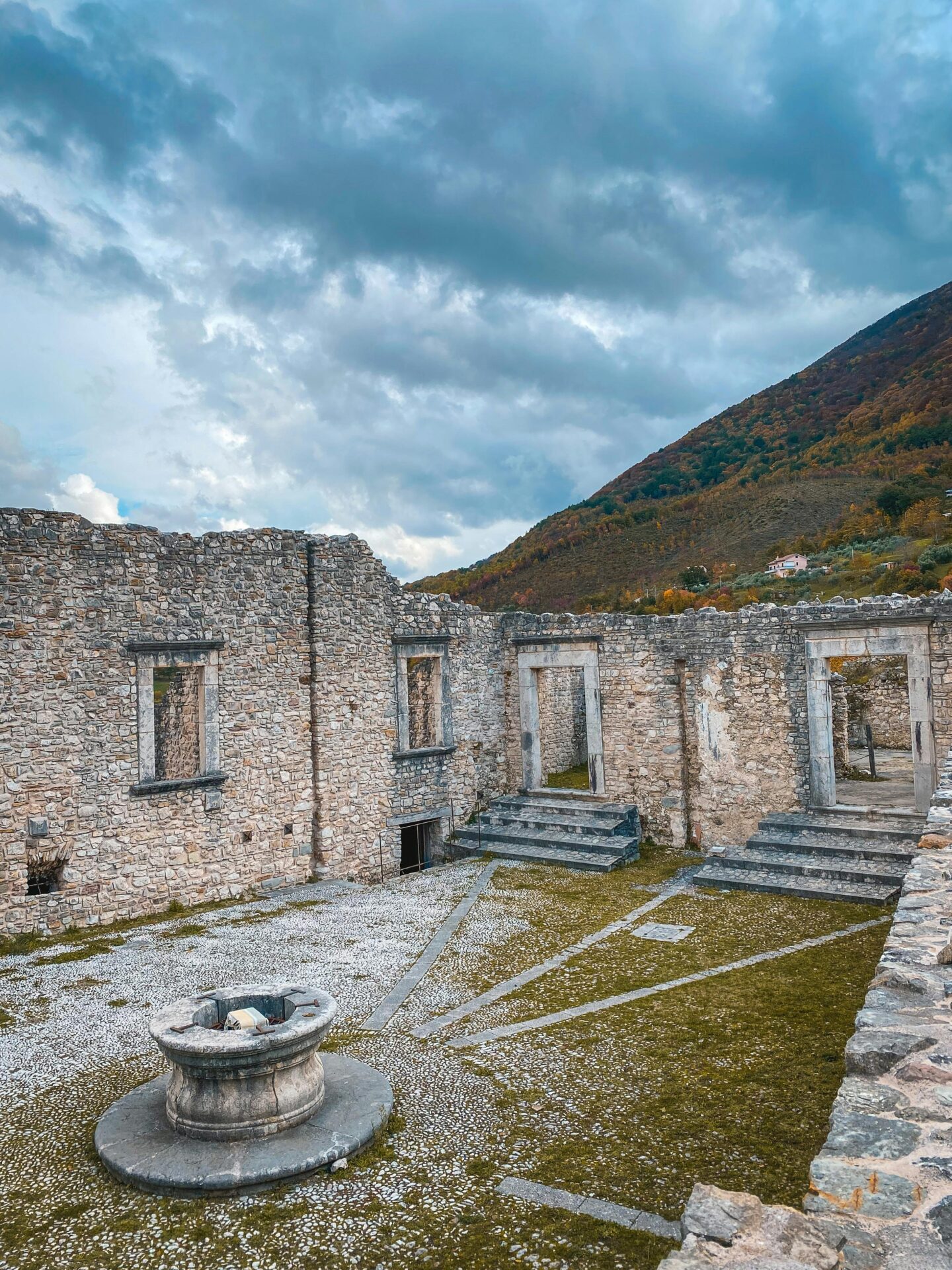
Botanical Gems and Wildflowers
The mountain slopes around Soverato are full of plant life. I was honestly surprised by how many types of Mediterranean plants thrive here.
Spring is wildflower season—poppies, daisies, orchids, you name it. Just driving through the hills becomes a treat for the eyes.
Some areas protect rare and local species. The mix of Mediterranean coast and mountain climate creates little pockets where unusual plants grow.
Wild oregano, thyme, and rosemary fill the air with their scent on warm days. Local dishes make good use of these herbs.
Ancient olive groves climb the lower slopes. Some of these trees have stood for centuries, their gnarled trunks hinting at stories from long ago.

Uncovering Soverato’s Rich History and Culture
Soverato’s history runs deep, just like its clear waters. Ancient Greek roots mix with Roman heritage and those unmistakable Calabrian traditions that still shape the town.
From Magna Graecia to Roman Colony
Walking through Soverato, I can sense the ancient Greek influence that once ruled this coast. The town belonged to Magna Graecia, the areas of Southern Italy the Greeks colonized starting in the 8th century BC.
You’ll still spot traces of Greek culture in the architecture and place names. Later, the Romans arrived and built on what the Greeks started, making for an interesting cultural mix.
Romans brought new infrastructure—roads, aqueducts, public buildings. Some of these ancient routes still run under the modern streets I’ve wandered.
Soverato’s spot by the sea made it valuable to both Greeks and Romans. They needed the harbor and sea routes for trade.

Hipponion and Ancient Calabria
A short drive from Soverato, Hipponion offers a window into Calabria’s past. Greeks from Locri founded it, and later it became the Roman colony of Vibo Valentia.
I’ve spent hours wandering the archaeological park here. The ruins—walls, temples, Roman baths—tell stories of a lively, bustling place.
Hipponion and Soverato connected through trade, culture, and defense. They shared a lot more than just geography.
Local guides explained how ancient Calabrians developed clever farming and fishing methods to suit the land. Some of these techniques lasted for centuries.

Museums and Archaeological Finds
The Archaeological Museum of Catanzaro displays incredible artifacts from Soverato and nearby. I was blown away by the Greek pottery, Roman coins, and everyday objects showing what life was like back then.
Smaller museums in Soverato showcase finds from local digs, like:
- Bronze Age weapons and tools
- Greek religious offerings
- Roman household items
- Medieval artifacts
The Maritime Museum tells the story of Soverato’s long relationship with the sea. Fishing gear, navigation tools, and model ships show how important maritime activities have always been here.
Archaeologists keep finding new treasures. Just last year, they uncovered a Roman villa near the beach—mosaic floors still intact!
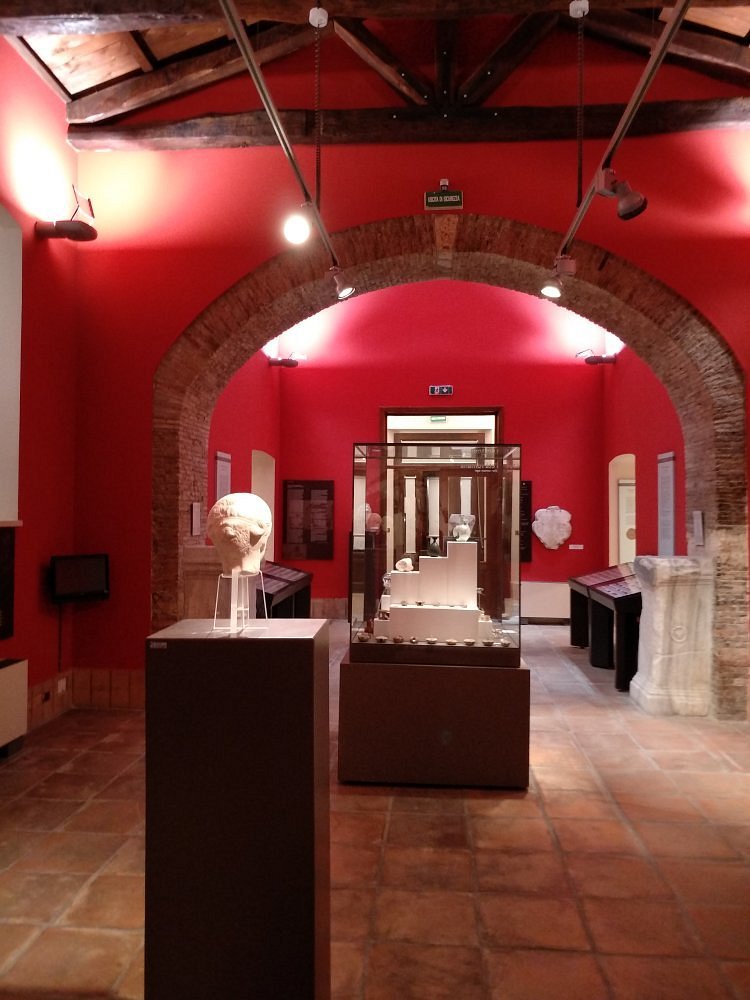
Celebrating Calabrian Traditions
I’ve been lucky to catch some of Soverato’s lively festivals. The Festa della Madonna a Mare stands out: locals carry a statue of Mary from the church to a boat and sail her along the coast.
Local food tells its own story. Dishes like ‘nduja (that spicy, spreadable sausage) and fileja pasta hint at centuries of history and local flavors.
Music and dance are at the heart of Calabrian life. The tarantella, with its wild rhythms and fast steps, still gets everyone moving at celebrations.
Artisans keep old crafts alive, like:
- Ceramics painted with traditional patterns
- Woodcarving handed down through families
- Textile weaving using age-old techniques
These living traditions connect visitors like me to Soverato’s rich past in a way that feels real and personal.

Gastronomy and Unique Flavors of Soverato
Soverato’s food scene brings together coastal Mediterranean flavors and classic Calabrian recipes. It’s an experience that sticks with you—almost as much as those mountain views and clear waters.
Local Specialties and Iconic Dishes
Whenever I’m in Soverato, I make it a point to dive into the local food.
Seafood here is so fresh—sometimes it was swimming that same morning.
I can never pass up “swordfish alla ghiotta,” cooked with olives, capers, and tomatoes. It’s like the Ionian Sea on a plate.
The red onions from Tropea are another highlight. These sweet, purple onions pop up in all kinds of dishes and even have their own protected status.
If you’re into pasta, try ‘nduja with handmade fileja. The spicy sausage and fresh pasta make a combo you won’t forget.
Da Vincenzo, a local favorite, serves these classics with a side of sea views. Their seafood risotto is a perfect example of how simple, quality ingredients shine here.

The Story of Tartufo and Tartufo di Pizzo
Tartufo di Pizzo might just be the most famous dessert in Calabria. I stumbled on this delightful ice cream treat during my first visit to the nearby town of Pizzo.
Picture this: chocolate and hazelnut ice cream shaped into a ball, hiding a gooey chocolate center. The story goes back to 1952. Apparently, a local ice cream maker whipped it up on the fly after running out of molds for a royal visit.
People in Pizzo still make authentic Tartufo di Pizzo using strict traditional methods. They dust it with cocoa powder, then you hit that smooth gelato, and suddenly—bam!—a liquid chocolate heart.
Watching someone try Tartufo for the first time always entertains me. There’s that moment when they dig in and discover the center—pure surprise. Locals sometimes call it the “Italian breeze,” which feels about right: tradition mixed with a little twist.
You can find this regional specialty in plenty of Soverato cafés. Still, purists will insist you need to make the hour-long trip to Pizzo for the real deal.
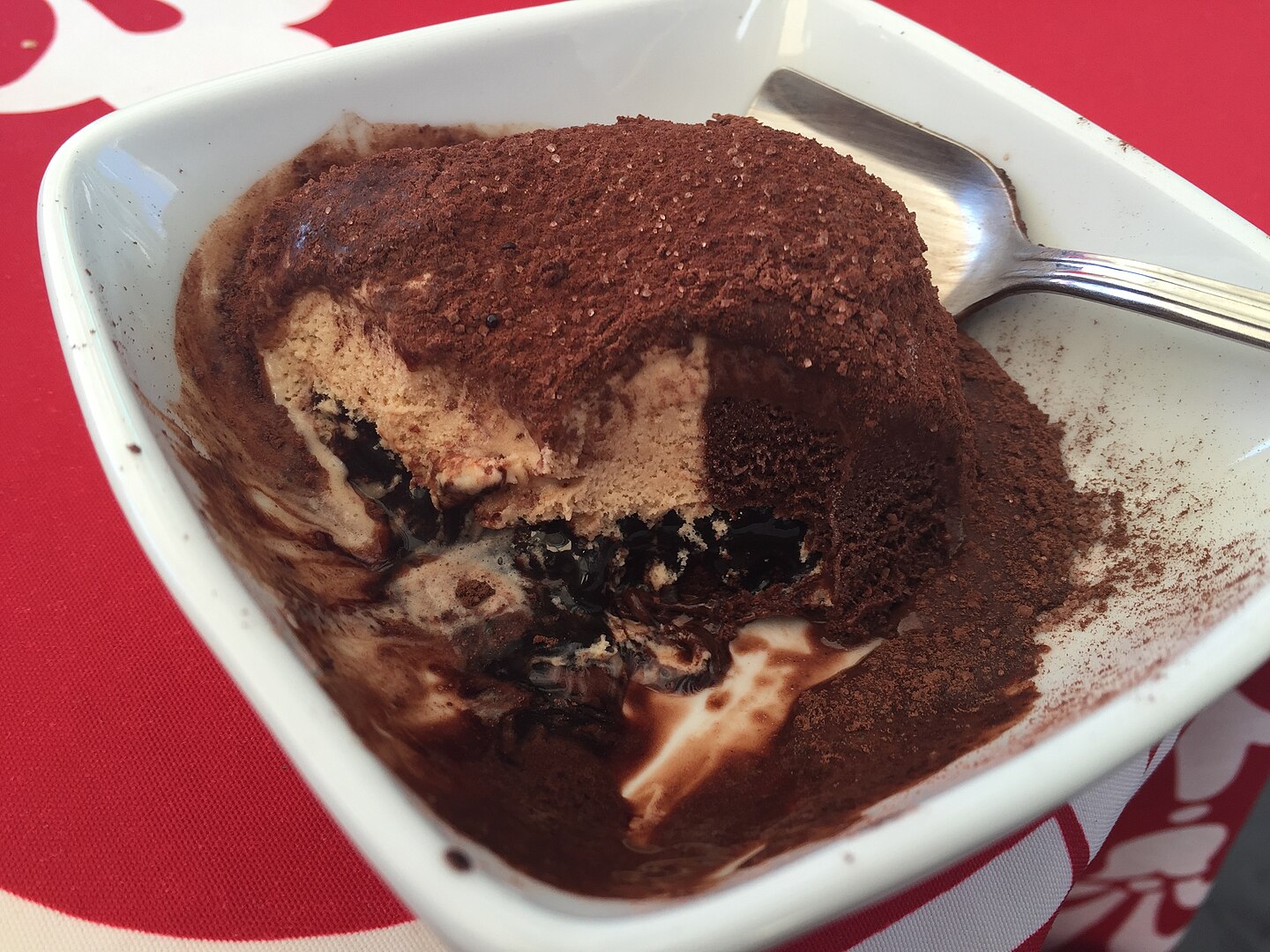
Farmers’ Markets and Fresh Ingredients
Every Thursday, Soverato’s farmers’ market pulls me right into the local food scene. Vendors fill the market with vibrant produce from the nearby hills.
Calabrian chili peppers hang everywhere in festive red bunches. These fiery little guys give local dishes their signature heat.
Olive oil deserves its own shout-out here. Local varieties burst with fruity flavor and can totally transform a simple meal. I never leave without grabbing a bottle.
Market day means specialty cheeses, too—think pecorino calabrese and ricotta affumicata (smoked ricotta). Cheese vendors always tempt me with samples.
Bergamot orange almost only grows in this region. You’ll spot it in marmalades, liqueurs, and even savory dishes. Its citrusy flavor is unmistakable—there’s nothing quite like it.
If you want the best market experience, go early. The produce is freshest, and the vendors love to share their favorite cooking tips.

Where to Stay: Best Hotels, Villas, and Hidden Gems
Soverato has a great mix of places to stay, no matter your budget or style. Whether you’re after a luxury hotel or a cozy family-run villa, you’ll find something that feels just right after a day of exploring.
Boutique Hotels and Seaside Resorts
Il Nocchiero City Hotel stands out for me. They offer modern rooms with thoughtful touches—minibars, in-room safes, and free WiFi. The location puts you right in the center of everything.
Park Hotel Mirabeau impresses with a beautiful pool area and an elegant lobby. If you want a resort vibe but still want to be close to the beach, this place fits the bill.
Hotel Nettuno caught my eye with its seaside spot and warm Calabrian hospitality. The rooms are simple but comfy, and honestly, the sea views are worth booking ahead for.
If you want something fancier, Blu70 delivers upscale rooms and a striking exterior. I really appreciate their attention to detail and the personal service.
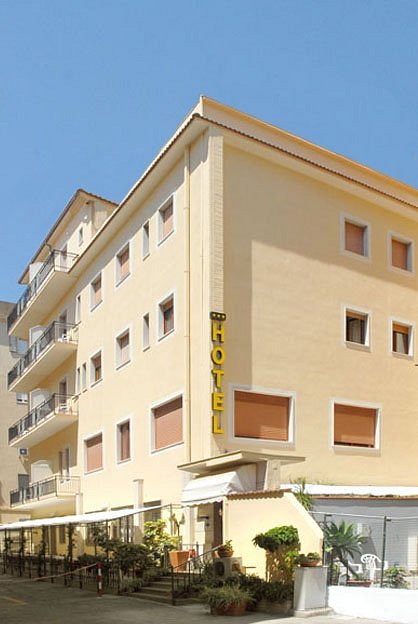
Charming Villas and Apartments
Villa Ersilia works well for families, with spacious rooms and a cozy feel. I stayed there last summer and loved having a kitchen and being so close to the local markets.
Aquamarine Residence lets you live apartment-style with epic sea views. The self-catering setup is perfect for longer trips or if you’re traveling with a crew.
Yellow House and Casa Ludo both give you that authentic Calabrian feel in quiet neighborhoods. I always look for that “live like a local” vibe, and these places deliver.
If you crave sea views, try La Casetta – Vista Mare or Casa Bahia. I’ve spent evenings on their terraces, just watching the sun dip into the Ionian Sea.
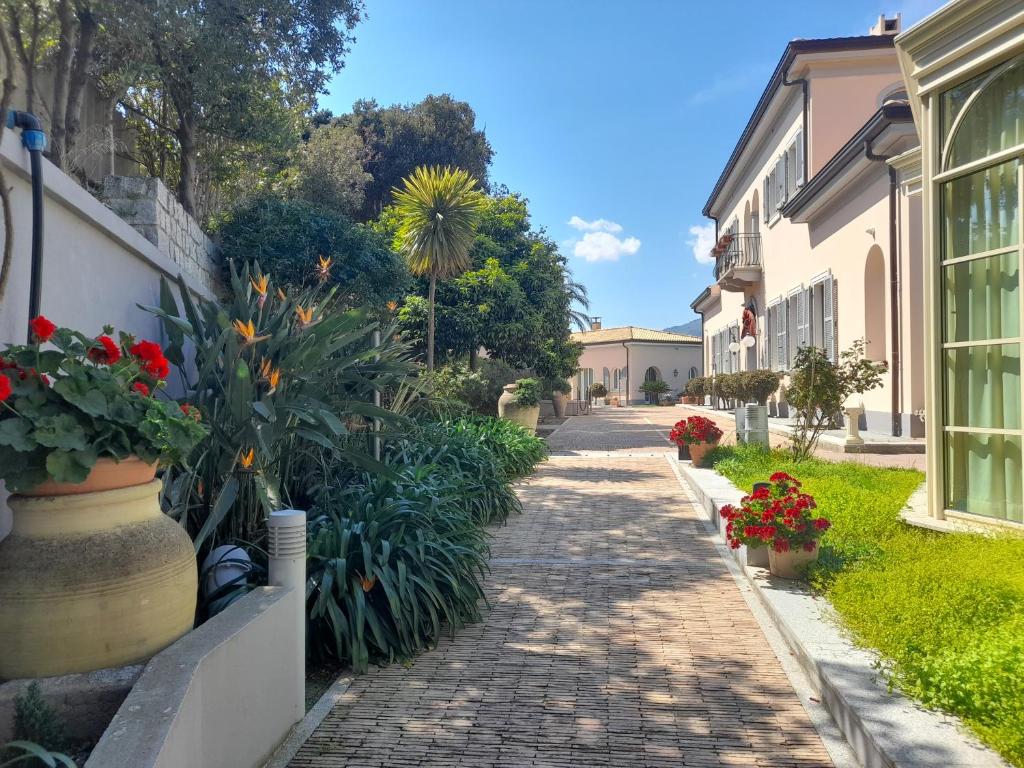
Top Recommendations from Locals
Locals kept mentioning Hotel Villa Susy when I asked for recommendations. It strikes a nice balance between comfort, location, and value.
La Conchiglia 2.0 and Amarilis are favorites for their authentic atmosphere and reasonable prices. Both sit close to popular restaurants and beaches.
For family gatherings, people often book Casa Dodò or Casa Xenia. These places have plenty of space for groups and still feel private and comfortable.
Chiara’s Home and BHolidayMood – La Casa di B offer a more personal touch. The owners often share tips about hidden beaches and the best times to visit.
Appartamento Don Bosco and La Santera sit in central spots and come with modern amenities. I found both make great bases for exploring the area.
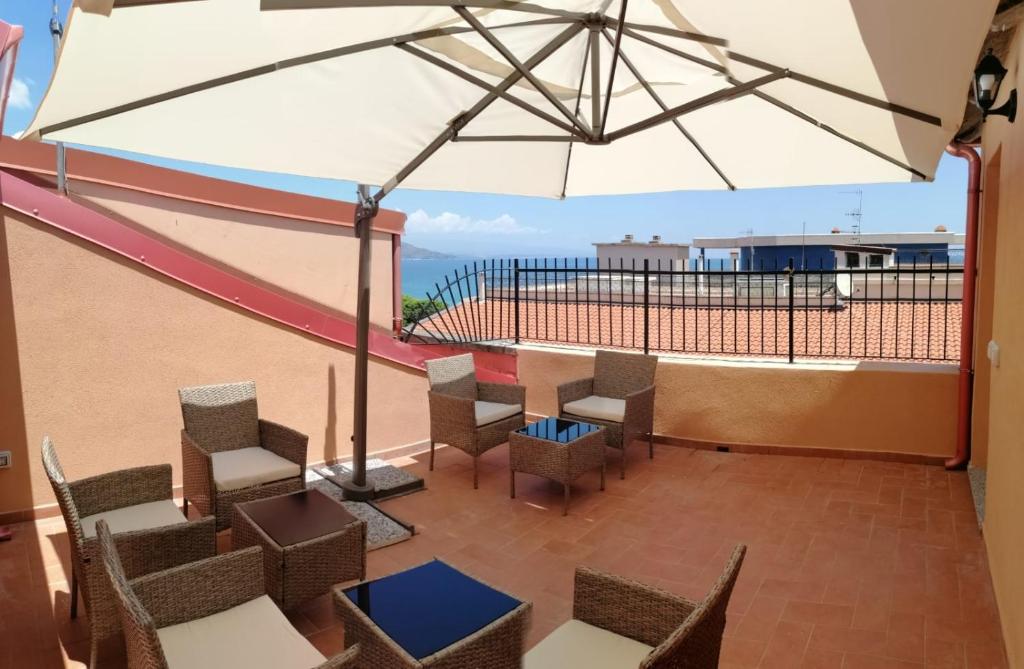
Exploring Nearby Towns and Attractions
Soverato has plenty to keep you busy, but the surrounding Calabrian region hides some real gems. A short drive can take you to charming coastal towns, wild landscapes, and rich cultural spots that add to your Soverato experience.
Tropea’s Clifftop Charm
Tropea is absolutely worth the 33-mile drive from Soverato. I found myself totally captivated by its dramatic setting—a historic town perched high above the turquoise Tyrrhenian Sea. The viewpoint near Santa Maria dell’Isola, a medieval church on a rocky outcrop, gives you that postcard-perfect shot.
Tropea Beach regularly lands on lists of Italy’s best beaches, with powdery white sand and water so clear it almost doesn’t look real. If you’re visiting in summer, get there early to grab a good spot.
The historic center feels almost frozen in time. Narrow, winding streets open into little piazzas. You have to try the famous red Tropea onions—they pop up in all sorts of local dishes at family-run trattorias.
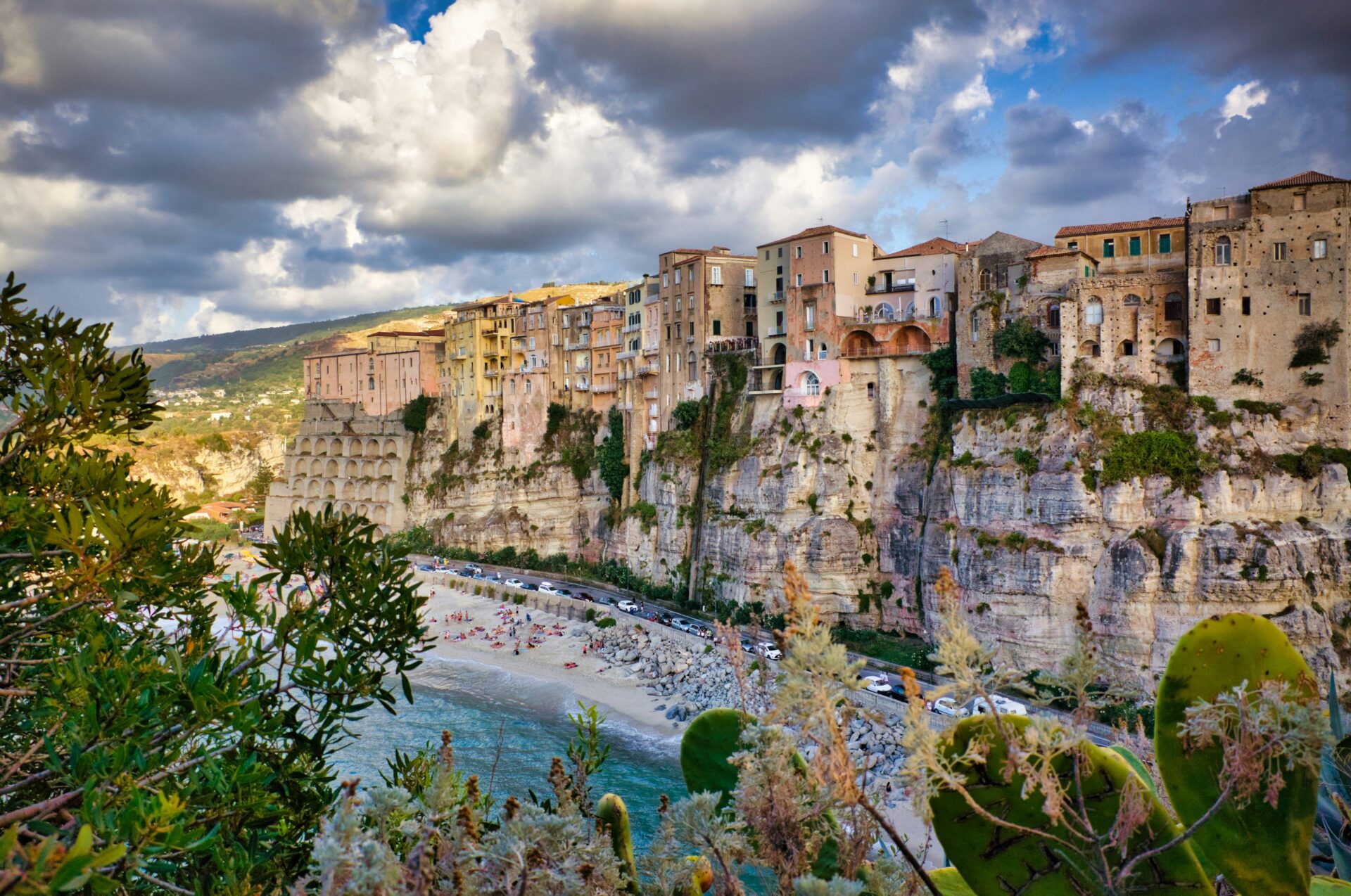
Capo Vaticano and Dramatic Views
A quick drive from Tropea brings you to Capo Vaticano and its wild beauty. The rugged promontory gives you some of Calabria’s most jaw-dropping coastal views. Head to the lighthouse for sweeping vistas of the Tyrrhenian coastline, Stromboli island, and, on a clear day, even Sicily.
The beaches here stay quieter than Tropea’s, tucked between dramatic rocks. Grotticelle Beach, with its clear water and fine sand, is perfect for snorkeling and spotting colorful fish.
If you love nature, take the hiking paths along the cape. I wandered through Mediterranean scrub and came out at cliff-edge viewpoints that nearly took my breath away. Watching the sunset from here is something I’ll never forget—the golden light just washes over the whole coastline.

Cultural Day Trips from Soverato
Pizzo sits about 25 miles from Soverato. Its historic center and the Aragonese Castle perched above the sea really caught my eye.
Locals rave about “Tartufo di Pizzo,” a hazelnut and chocolate ice cream ball with a gooey chocolate center. I couldn’t resist trying it, and honestly, it lived up to the hype.
The Piedigrotta Church sits 19 miles from Soverato, carved straight into the seaside rock. I wandered through the sanctuary, surrounded by stone sculptures, and it felt almost dreamlike.
In Vibo Valentia, I checked out the Norman-Swabian Castle. Inside, the archaeological museum displays Greek and Roman artifacts that pull you right into the past.
The old town has elegant piazzas and historic buildings everywhere you look. You can almost feel the centuries of stories in the air.
Le Castella’s Aragonese Castle rises dramatically on a little island, just barely connected to the mainland by a thin strip. I explored its ancient walls while waves crashed underneath, and, honestly, it’s one of those moments that just sticks with you.

